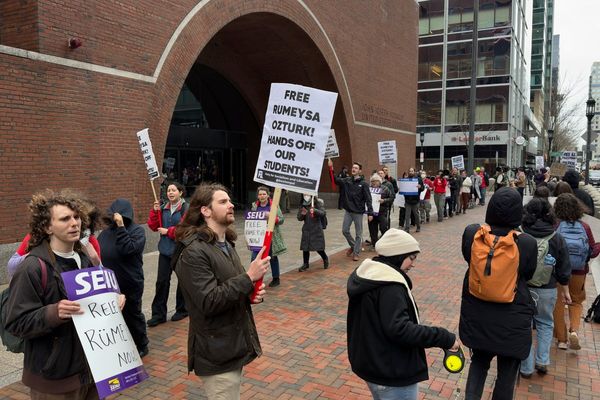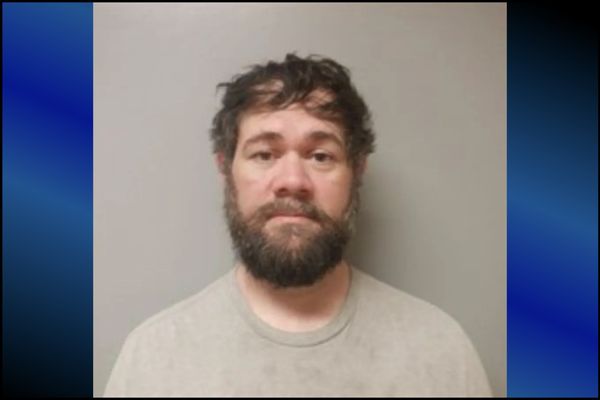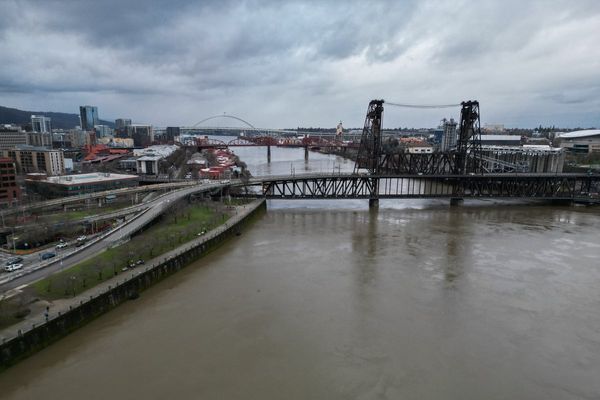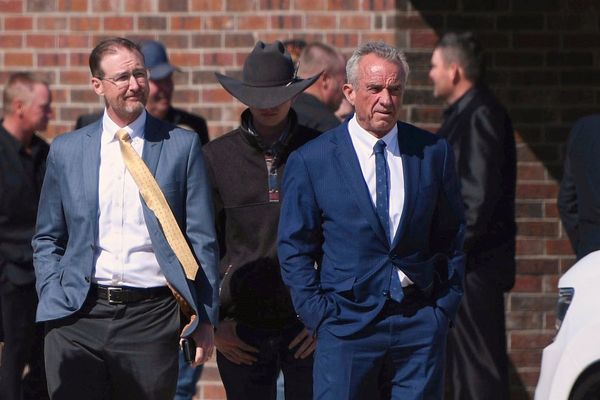Children and Young People Commissioner Jodie Griffiths-Cook used Children's Week to release a new report about what kids like and don't like about play and recreation spaces in the ACT.
The document was energetically titled More Big Kids Swings!.
"Which was one of my favourite quotes from our consultation because wouldn't we all like more big kids swings?" she said.
The theme of this year's national Children's Week was based on the United Nations Convention on the Rights of the Child Article 31 - that children have the right to relax, play and take part in activities they enjoy.
The report by the Children and Young People Commissioner was a nod to that basic right.
Over six months, her office spoke to more than 755 children and young people, ranging from preschool to year 12.
The children and young people were asked:
- Are there enough accessible play and recreation spaces for children and young people in the ACT?
- What do children and young people like about existing play and recreation spaces?
- What do children and young people think can be improved?
Ms Griffiths-Cook says one of her most important jobs is hearing from children and young people.
Canberrans pride themselves on the city's plentiful open space, and seemingly abundant play and recreation options, but Ms Griffiths-Cook said it was important to gain the perspective of our younger residents because "they are the ones who experience these spaces most directly".
One of the reports most striking findings was that older kids seem to be missing out.
Seventy-eight percent of the year nine to year 12 students polled said there were not enough accessible play and recreation spaces for their age group.

Some older participants spoke of the need for them to have spaces to go where they can be children, but in ways that support their developmental stages.
"Playgrounds with 'swings for big kids', activities with greater risks (such as obstacle courses) and a greater number of youth spaces were all identified as important," the report read.
Some of the reasons young people didn't used parks included a lack of transport to get there, no access to sporting equipment (there may be a field but they didn't have a ball) and poor or absent lighting.
"Being able to play and relax later into the evening was important for older age groups who may be juggling school, work and family obligations, which limit times they can meet up with friends," the report read.
Kids were also put off by dirty toilets or no toilets at all. (The report noted that "Parks ACT has a park finder on its website. It lists only 21 parks with toilets out of 500 registered parks")
Other reasons were more insidious.
"Homophobia and racism were both identified as barriers to children and young people enjoying public recreation spaces, " the report read.
"Homophobia, in particular, was raised several times, with a few young people recounting experiences of dealing with homophobic peer groups in some public parks. A lack of unisex bathrooms contributed to feelings of being unsafe, and unwelcome, in recreational spaces."
Some children submitted their own playground designs for the report.
They were as whimsical as a preschooler's "cat elevator" to as practical as a desire from older children for "Ninja Warrior-style" playgrounds.
Spaces that had access to nature were important to them.
And the report also revealed broader thinking about what young people actually like to do in public spaces.
"Making spaces more diverse, not just playgrounds. Young people like different things like fishing," one young respondent said.
The report is important food for thought for the adults deciding how kids should spend their free time.







